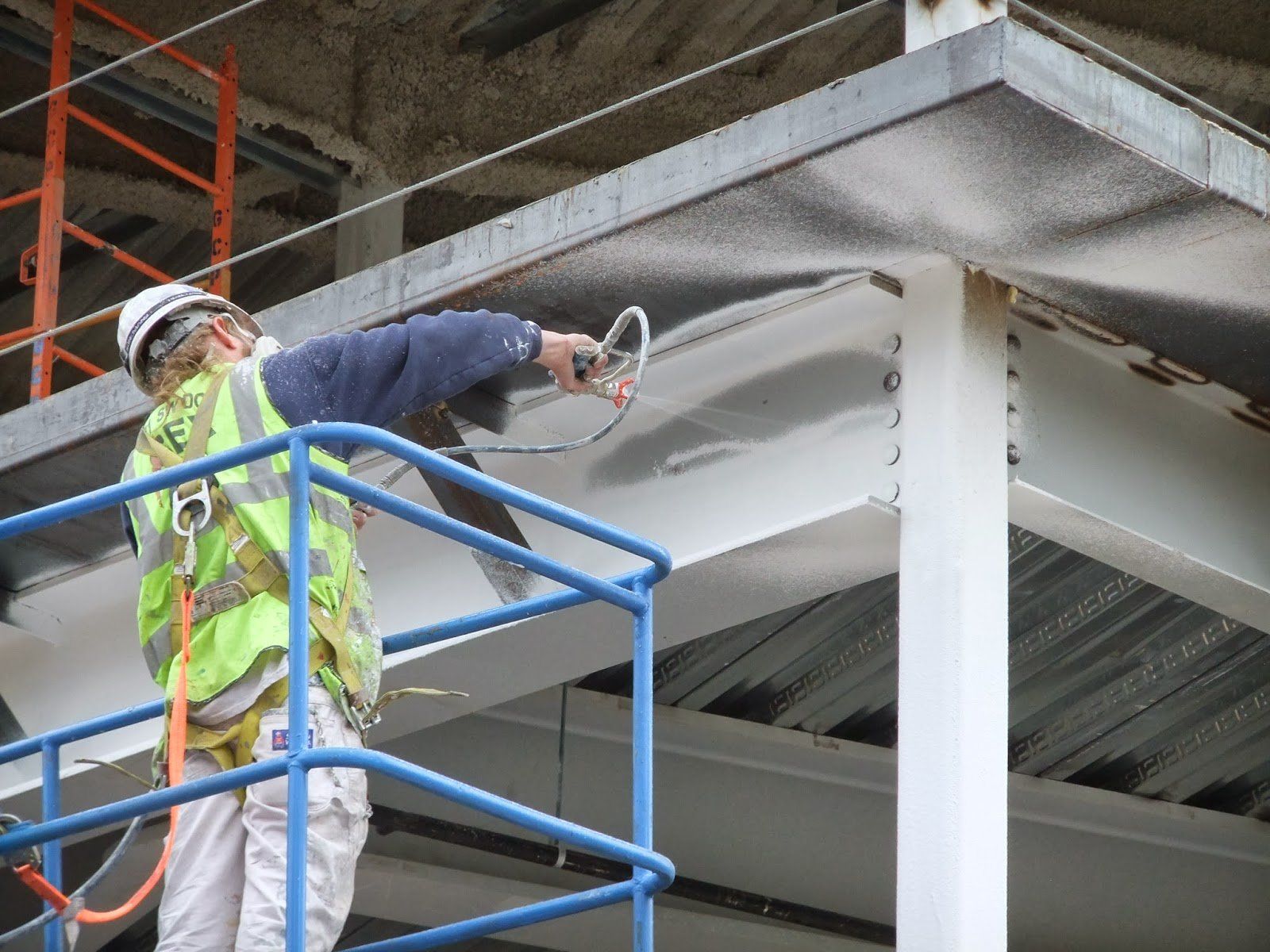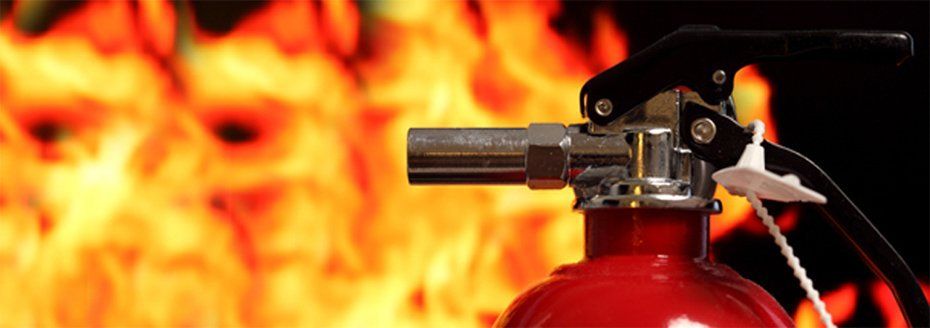Nullify Fire Risks with Intumescent Paint
- By Jason Adam
- •
- 08 Feb, 2018
- •

The use of electronic devices has increased the risk of fire as well. They could certainly be devastating, that’s why it is necessary to take necessary steps that could keep us safe from any huge destructions. The buildings should be constructed by following the strict regulations and guidelines to ensure the long-term safety of the people who are going to reside in it.
There are a lot of approaches that could be practiced to make your building and house safe place against any hazardous fire situations. Since the electronic devices are more, the fire igniting material is also used very commonly; that’s why it is just more than necessary to take precautionary steps right during the development phase. The use of Intumescent Paint on pipes and other material could ensure the better safety of a building in fire situations as well.
Why Intumescent Paint?
Fire Retardant Capability
Usage
It can be used on almost any material easily. There are no restrictions in this regard whatsoever. You can use it on metal, cardboard, concrete, bricks, stones, marbles, chipboard, hardwood, softwood and many more. You can use it in ceilings, floor, walls and in the HVAC and wire ducts of the building as well.
Other Benefits
There are numerous other benefits as well that Intumescent Paint provides us. Now let’s talk about those benefits in detail.
Insulators
Wide Color Range
You are not forced to use one specific color all the time when you talk about fire proofing. These days the Intumescent Paint arrives in a wide range of color. So, you get the privilege of using your favorite color on doors, walls and floors.
No Maintenance Needed
Once the paint has dried, you don’t need to put any extra efforts or expenses on the maintenance. You never need any maintenance at all; it will keep working for years. This is the best part as far as saving your expenses are concerned.
Excellent for Refurbishment
You can also use this paint for the refurbishment purposes. If your wall has lost its charm or the metal of your building is rusting, you can use Intumescent Paint to make them look awesome again. It will make them fire proof and add too much to its look as well to make it eye-catching.
Use Anywhere You Want
You can use this paint anywhere you want without worrying about the after effects because that is going to be excellent in any case. Your building will look neat and attractive; it will remain safe from the fire hazards as well. That’s why there shouldn’t be any second thought when you are using it.
Conclusion
The use of intumescent paint is one best way to nullify the risks of fire that are always wandering around our heads because of the excessive use of electronic devices. This paint looks awesome and is available in a wide range of colors. So, you can use it freely without worrying about the final look that is going to bring out.

The recent blaze in the Grenfell Tower, UK, was just another gruesome reminder of the immense damage fires can cause, with 72 people killed, 70 left injured, and hundreds displaced from their homes.
The worst part is that the Grenfell Tower fire, like so many other high-rise blazes before it, would have been avoidable if proper measures had been taken at the time of the building’s construction.
According to official reports, the tragedy happened because a small fire accidentally broke out in an electrical appliance on the fourth floor. The rapid spread of flames was assisted by the structure’s external claddingwhich hadn’t been designed for proper fire safety regulations, and the entire building was soon engulfed.
The blaze burnt continuously for around 60 hours before firefighters finally brought it under control.
On-going enquiries into the incident have confirmed that the insulation used between the external cladding and the aluminium structure was to blame for the spread of fire.
According to fire safety experts, the insulation hadn’t been designed for use with non-combustible cladding, and the material practically ‘lit up like a matchstick’ the second it came into contact with the flames.
More information will come out as the enquiry delves deeper into the matter, but the Grenfell tragedy has already brought light to the very important, and often ignored, issue of fire safety; more importantly, ensuring fire-protection during the construction of high-rise buildings.

These paints work by swelling and expanding in the presence of heat and developing a charred surface,which protects the substrate inside from the adverse effects of direct exposure to fire.
The expansion process takes place due to the presence of certain heat-sensitive chemicals which are suspended in the paint using binders.
When a direct source of heat is applied, the binder gives way, exposing the chemicals to the flames. These substances then under go a vigorous reaction which releases gasses and the entire body of paint expands and swells up.
The sudden increase in the volume and subsequent decrease in the density of the intumescent paint slows down the heating of the substrate inside, increasing its fire rating and preventing it from melting.
Through proper applications, fire ratings of 2+ hours have been achieved for steel members, and 30+ minutes for timber beams, giving the building’s residents an ample amount of time to escape safely.

Introduction:
This piece of writing shares some common points that should be born borne in mind while looking for fire and safety solution providers in the UAE. Such as:
- Location
- Online reviews or WOM (word of mouth).
- Customer service
- Versatility
- Qualification, certification and experience.
- Location